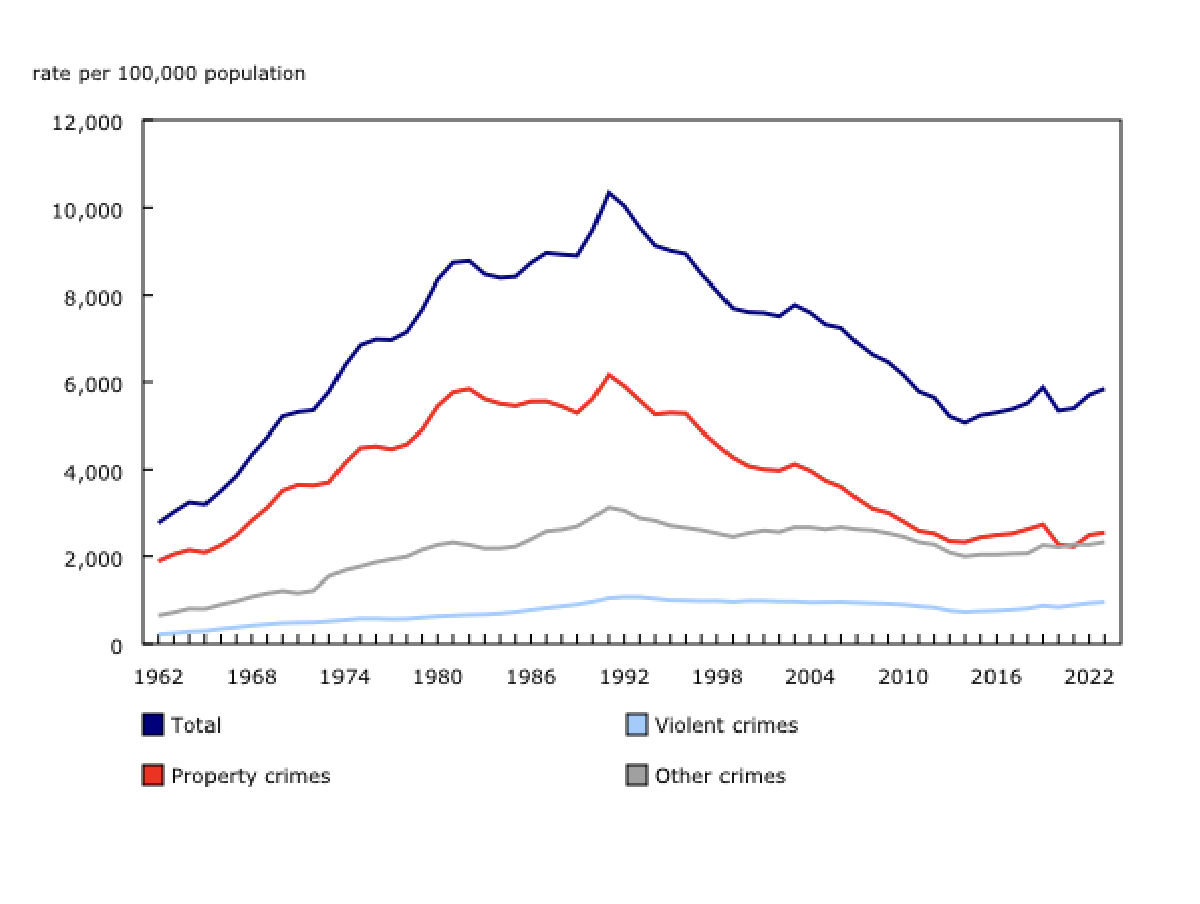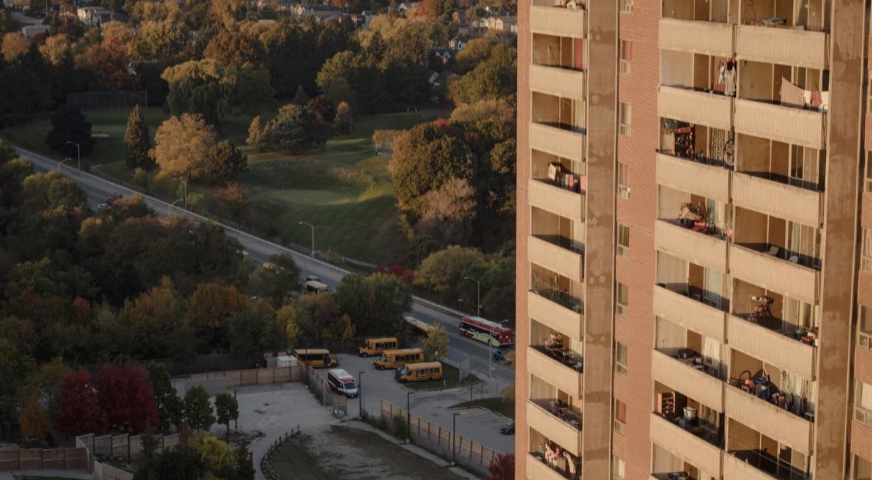Week 9 - Social Control, Deviance and Crime
1/52
There's no tags or description
Looks like no tags are added yet.
Name | Mastery | Learn | Test | Matching | Spaced |
|---|
No study sessions yet.
53 Terms
How has crime been used politically by Trump?
Trump has been able to instill fear of crime, specifically through unauthorised border crossings and drugs into the US from Canada.
Hence, in the 2024 election he promised ‘mass deportations' painting all migrants as criminals and murderers.
This is unjustifiable as the Migration Policy Institute has reported that more US-born citizens in Texas were arrested for violence and drug crimes than immigrants in Texas.
Define social control.
Actions that intended to prevent, correct, punish or cure behaviours/characteristics perceived as unacceptable.
Social control can be formal (through laws/policies) or informal (through everyday social interactions).
They can also be used to punish or cure deviant behaviour, while others can be used to prevent deviance.
What is an example of social control.
Social control during COVID-19
Formal and informal measures were instated during COVID-19. For example, social distancing, preventing people from going out to places etc…
Define deviance.
People, behaviours or characteristics that are viewed as unacceptable.
If deviance is socially constructed, what determines whether something is deviant or not?
The context and the norms surrounding it define deviance rather than the act itself.
What are criminal behaviours?
Acts that most of us would agree are unacceptable.
What are crimes?
Acts that are deemed so unacceptable that it must be prohibited by law.
How has homosexuality been criminalised?
In 1892, there was a law about ‘gross indecency,’ making male same-sex attraction illegal
That law was extended to women in 1953
In 1969 those 21+ could have same-sex relationships as long as it was done in private
Only in 1987 was the Criminal Code changed the offence of gross indecency
2019 the age of consent became the same for all people
What are the crime rates in Canada?
Crime peaked in the 80-90s. However, in the last decade, there has been a slight increase in crime rates.

How is the crime severity index (CSI) calculated?
Volume of reported crimes X Severity = CSI
*severity is measured by the sentences associated with that offence
Does giving police more money make cities safer?
No.
There is a lot of systemic racism in policing and so not everyone is equally protected by the police.

What is the evidence for there being no association between police funding and crime rates?
Akwasi Owusu-Bempah did a statistical analysis to see the correlation between police funding and crime severity index in Canada’s 20 largest cities
He found that most cities had increasing police budgets and that there was still no correlation between funding and crime rates
What does deterrence theory rest on the premise of?
It rests of the premise that people are rational and that crime happens when the benefits outweigh the costs. There are 2 types of deterrence:
Specific deterrence
General deterrence
Define specific deterrence.
When an offender is deterred from repeating the act in the future as a result of receiving the punishment.
Define general deterrence.
When other in society avoid doing an act because they witnessed the consequences for the offender.
What does Beccaria say about punishment and preventing crime?
She said that for punishment to be effective in preventing crime it must be:
prompt
severe
certain
What is incarceration supposed to do?
It is supposed to protect society from an offender who might continue to do harm.
What opportunities does incarceration give to offenders?
It can be used to rehabilitate the offender by providing the offender with the resources to help overcome addictions and develop effective anger management skills.
Define recidivism.
It refers to the act of committing another crime or coming into contact with the criminal justice system again.
Explain indigenous over-incarceration.
Indigenous people have been over-incarcerated relative to the total population.
For example, in 2020 even though indigenous people made up 5% of the total population, they made up 30% of the federal prison population.
Where does over-incarceration of indigenous people stem from?
Colonialism and residential schools. This is because they were not given the proper resources to survive and so many turned to drugs and crime for solace.
Define restorative justice.
It is an approach based on informal processes that emphasise healing and reparation of harm that offenders have caused victims and community members, rather than focusing on punishing the offender. Restorative conferencing is a type of restorative justice.
What is restorative conferencing?
Restorative conferencing
Structured meetings between offenders, harmed parties and community members that give everyone the opportunity to share perspectives and learn about their impact on others.
That method draws attention to the relationships that were harmed and focuses on the accountability of the offender, rather than focusing on the fact that they broke a rule.
Where else has restorative justice been used and how so?
Schools and Universities
In 2014, sexually explicit comments amongst male dentistry students were made about their female peers at Dalhousie University.
The school implemented a restorative justice process that brought the offenders, women from their class, university faculty, Nova Scotia Dental Association and community participants to learn the truth and determine the consequences.
After the process, the men were allowed to graduate and practice dentistry.
What is the prison system like in Norway?
Non-punitive.
Why do some scholars call for a complete abolition of the criminal justice system?
They argue that imprisonment fails to take in account the social circumstances that lead to the offending and that it does not provide any meaningful rehabilitation.
Instead, scholars argue that the system re-creates dangerous conditions and increases feelings of anger, resentment, humiliation and alienation.
What is the functionalist perspective on deviance?
Functionalists argue that there is something in the social structure which creates varied forms of deviance.
What are 2 examples of the functionalists theory in crime?
Durkheim theorised that high levels of deviance come from contexts of anomie
Whereas, Robert Merton said strain theory was a reason for crime
Define strain theory.
Theorises that criminal behaviour arises when there's a mismatch between institutionalised goals and the legitimate means available to achieve them, leading to frustration and making people engage in modes of adaptation (possibly deviant behaviour).
ie. getting a good job so that a good living can be made. However, when a good job cannot be attained, people turn to deviance (ie. crime) to make money and attain their institutionalised goals.
What did Merton label ‘mode of conformity’ to mean?
When people continue to aspire to reach their goals and do their best to pursue the legitimate means of achieving them.
This is a type of mode of adaptation.
Define ritualism.
Giving up on institutionalised goals but continuing to engage in the means.
What is an example of ritualism?
Reliably working at a low-wage job until retirement even though they will never make enough money to pay off their mortgage.

Define innovation.
When people reject the legitimate means but continues to pursue their goals.
What is an example of innovation?
Mortgage Fraud
When someone deliberately misrepresents information to obtain mortgage financing that would not have been granted if the truth had been known.
Define retreatism.
An individual's rejection of both societal goals and the conventional means of achieving them.
What is an example of retreatism?
When there are more Canadians living with their parents well into adulthood because they have completely stopped trying to move out to fulfil societal expectations and their own personal goals.
Define rebellion.
When people reject their current goals and means and live according to an alternative set of goals.
What is an example of rebellion?
Homeless communities have created encampments around Toronto to live to the extent that they prefer living there to the shelters (because more freedom and more safe).
Has encampment being treated with punitive measures helped reduce its prevalence? Why?
No.
The have not worked in deterring people from building encampments as the police realised that they cannot punish people out of the housing crisis. Nor can they force people to live in the shelters when they don’t want to.
Hence, police have realised that there must be a change to their means or goals.
What is the interactionists perspective on deviance?
They argue that our interactions with our significant others, the generalised other and the influence of the looking glass self helps us develop understandings of what acts are acceptable or unacceptable.
However, it is important to remember that although some of those understandings will be shared with other people, our interactions are not identical and so different understandings may develop as well.
Define primary deviance.
Minor acts that are done rarely or infrequently.
What is an example of primary deviance?
Excess drinking once or twice a year.
Who created labelling theory?
Edwin Lemert
What is labelling theory?
It suggests that when people get caught doing something deviant it sets off a chain of events that change how people treat them and how they come to understand/identify themselves.
Define secondary deviance.
Deviant behaviour that occurs as a result of being labeled as deviant by society, leading to a self-fulfilling prophecy where individuals internalise the label and further engage in deviant behaviour.
How are labelling theory and secondary deviance related?
Secondary deviance, therefore, is a specific outcome of the labelling process, where individuals adopt a deviant identity and continue to engage in deviant acts as a result of being labeled.
What is an example of labelling theory?
If someone engages in primary deviance of alcohol consumption and someone catches them drinking at work, they may be labelled as a ‘problem drinker,’ (labelling) eventually leading them to internalise that identity and see themselves differently (secondary deviance).
Define stigma?
The process by which individuals are excluded because of particular behaviours/characteristics.
Define stigma management.
Strategies that people use to navigate and cope with stigma in everyday situations. For example, passing, disclosure, covering, aligning actions, group solidarity and information control.
Explain the relationship between stigma management amongst children of incarcerated parents.
Kate Luther conducted a research study and found that children whose parents have been incarcerated engage in stigma management because they think that people will judge them.
Hence, Luther noticed:
A lot of the children did not openly share anything about their parents’ incarceration and that many tried to separate themselves from their parents
Some children used their parents as negative role models
Other children framed their parents’ incarceration in a positive light
What is the feminist perspective of deviance?
The perspective draws attention to:
the different perspectives that men and women have in determining what is considered deviant
the different experiences each sex have of being labelled deviant
the measures of social control each sex is subjected to
How has abortion been criminalised in the US?
Many woman face increasing criminalisation with abortion in the US.
For example, a Texan woman in April 2022 was charged with murder after inducing an abortion through the use of a legal drug. A lot of women have also died from pregnancy due to their doctors performing medically necessary abortions.
Why are the people who listen to true crime mainly white women?
This is hypothesised to be due to the social construction of white women’s vulnerability and their over-representation in the cases.
*interestingly, in spite of the over-representation of indigenous women, white women are still the most prevalent listeners